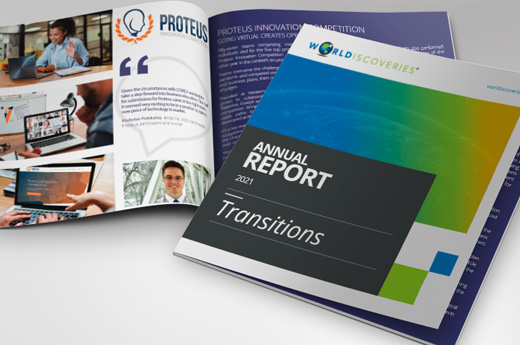The first rule of invention is you do not talk about your invention – until you have appropriate patent applications filed. A prior disclosure by an inventor is often a bar to patentability that may limit the potential commercial return. The following provides a brief summary for you to consider before discussing your invention.
A patent may be granted to a person who invents a new and useful process, machine, manufacture or composition of matter, or a new and useful improvement on earlier work. The exclusive rights conveyed by the patent are the quid pro quo for providing a complete description of the invention to the public (upon publication of the application by the Patent Office). This disclosure is intended to serve two purposes: 1) it provides all of the requisite information for a skilled person to be able to exploit the invention upon expiry of the patent term (i.e. it “enables” the skilled person to practice the invention); and 2) it expands the knowledge in the relevant field to drive further innovation. The requirement that the subject matter be new (or novel) ensures that prior art is not patented (or re-patented) where there could be no quid pro quo from the party seeking the patent. In other words, there can be no additional benefit gained by the public if the invention is already known and so accordingly there should be no patent to exclude others from using what is already public domain. While novelty is a requirement in every jurisdiction, the assessment can vary from one country to another, particularly with regard to what information an inventor may disclose prior to filing a patent application.
In general, an invention lacks novelty if it was previously “made available to the public” by either a third party or by the inventor directly. Making an invention available could include a description in a printed publication (e.g. a technical journal), a presentation (e.g. conferences or lectures) or offering the invention for sale (e.g. at a trade-show or in a catalogue), among others. In order to bar patentability, the content of the disclosure must provide a complete description of the invention in a manner that would enable a skilled person to duplicate it without any inventive effort. Disclosing your invention to just a single person under no duty of confidentiality could be sufficient to destroy novelty.
Canada and the United States have a relatively generous practice with respect to inventor derived disclosures by providing a “grace period”. This grace period allows for the filing of a patent application following an inventor’s own disclosure up to one year after the disclosure was made. After the expiry of the grace period, patent rights are forfeited. Most countries, however, have a stricter “absolute novelty” policy whereby to preserve patentability, a patent application must be filed before any disclosure of the invention is made. Europe operates under an absolute novelty regime and is a significant market where patentability would be lost if an inventor were to disclose too early.
It will always be best practice to file for patent protection before publically disclosing an invention. If circumstances dictate that a disclosure must be made first, consult with WORLDiscoveries or another qualified patent professional in advance. We may be able to suggest amendments to avoid providing an enabling disclosure, which may then preserve patentability in absolute novelty jurisdictions. If a disclosure has already been made that may compromise patentability, we can also help assess if any information of value is still undisclosed and thus available for patenting.


